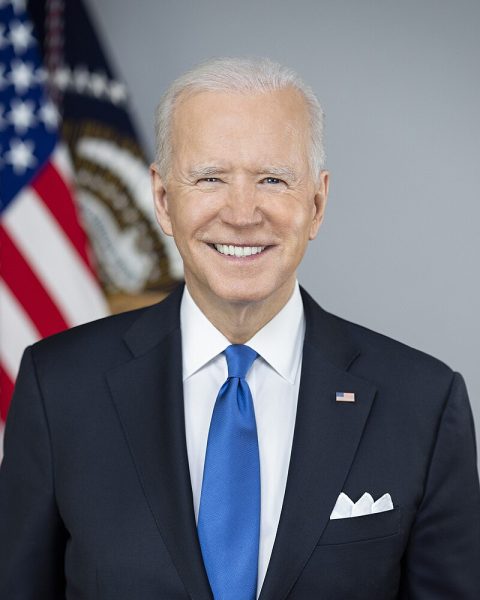Students discuss a more nuanced approach to AIDS in Africa
Over $10 billion has made its way into Africa for the development of vaccines and the treatment of diseases.
However, since African countries are often treated as if they were one, these efforts are unable to reach their true potential.
“When we look at Africa in elementary, middle and high school, we speak of (African countries) as if they were homogenic” said Interim Director of Study Abroad Daniel Diaz.
Here is a basic geography lesson: there are 54 countries in Africa, and all 54 have their own separate governments, ethics, infrastructure and problems.
In fact, only 19 African countries have over 100,000 citizens infected with human immunodeficiency virus and acquired immune deficiency syndrome, while only 15 have an adult prevalence rate, or the proportion of a population infected with a disease, of 5 percent or higher.
HIV and AIDS might be an epidemic, but the diseases have not captured the entire continent.
Treating Africa as one big country will not get anything done. Each country needs individual strategies to fight diseases like HIV and AIDS.
“Using protection is not taught,” said Rwandan junior Yves Dusenge. “Most (countries that have the AIDS and HIV epidemic) do not even believe that protection works.”
This lack of understanding has facilitated the spread of HIV/AIDS in Botswana and Malawi. But the absence of protection is not the only thing encouraging the spread of HIV and AIDS.
“Many (young women) throughout Africa do not have money,” said Liberian junior Ayellor Karbah. “They have to sleep with men to make money, and most men refuse to use condoms.”
Female prostitution has contributed greatly to the spread of HIV/AIDS in Zambia and Nigeria.
Every country has its own combination of issues relating to HIV/AIDS, and to fight those problems as if every country is the same is a problem in itself.
For example, in Botswanan culture, men are allowed to sustain multiple relationships at any given time where the women are looked down as inferior. Consequently, women cannot negotiate condom use and HIV/AIDS can spread from one man to several women.
In Kenya, men who have sex with men have an HIV/AIDS prevalence rate that is three times that of the general population. Also, 18.3 percent of people who inject drugs in Kenya have contracted HIV/AIDS.
If Westerners instead look at Africa as a continent with various groups of people inside, outside help can be used more efficiently.
A change in the image of HIV and AIDS would also help the fight in Africa.
“We need to remove the stereotype that when you get HIV/AIDS, it is the end of the world,” said Dusenge. “Most people who have HIV or AIDS live longer than people with cancer.”
Truly understanding the issue will only benefit the fight against it. And helping can start here at Guilford.
“The Community AIDS Awareness project here on campus plans testing, conferences and events to promote a better sex ed conversation on campus,” said senior Community AIDS Awareness Project President Teresa Bedzigui. “Meetings are held every other Wednesday at 2:30 in King 127.”
In the end, Westerners’ preconceived notions about Africa have been the biggest factor holding back progress in Africa.
“If you are waiting on someone to make a difference, maybe someone else is waiting on you to make a difference,” said Karbah. “You have to step up.”
In order to fulfill the potential of the humanitarian HIV/AIDS work in Africa, a correction in thought about Africa needs to occur.





